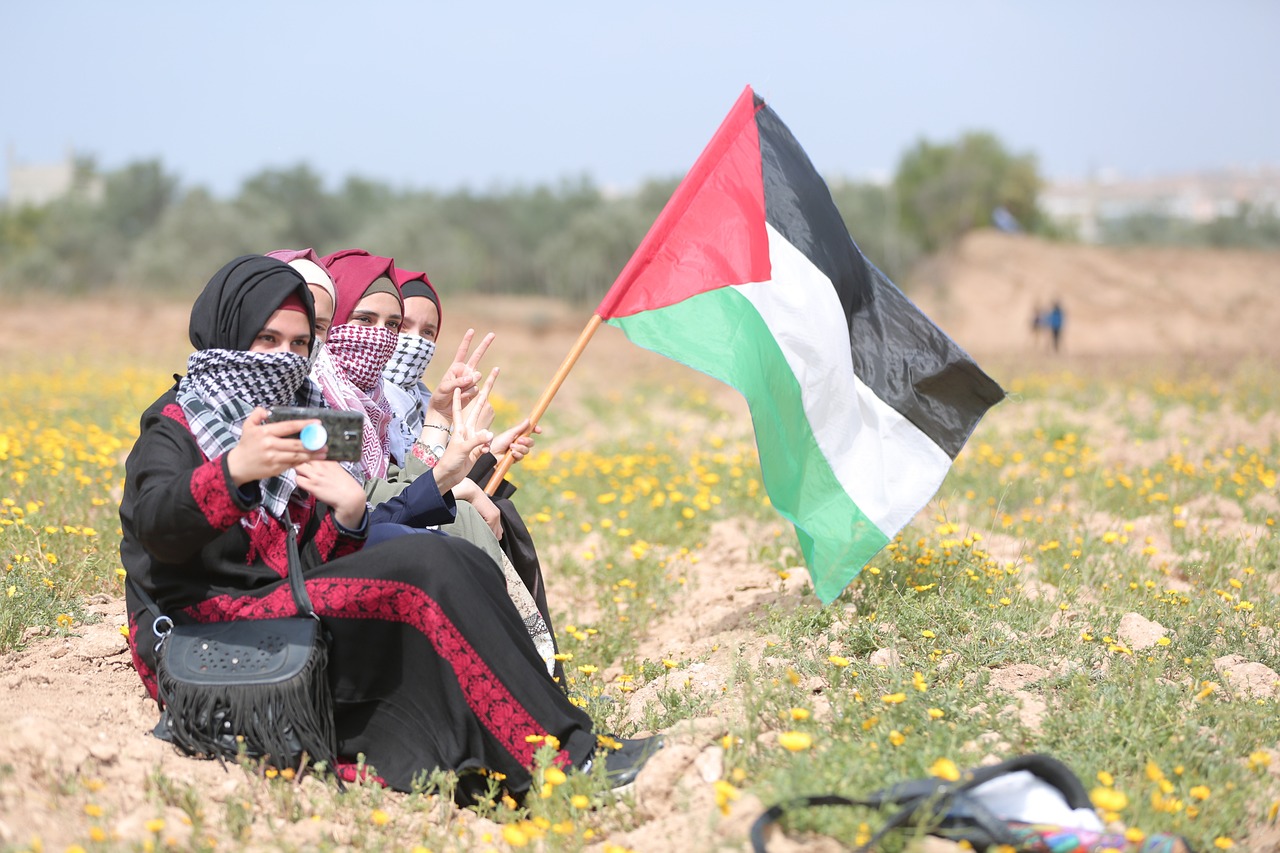In the bustling streets of the Gaza Strip, amidst the vibrant culture and diverse communities, a silent yet powerful language thrives: Palestinian Sign Language (PSL, also known as Levantine Arabic Sign Language). It is the cornerstone of communication for the Deaf community in this region, carrying within it a rich history, unique characteristics, and a growing significance in everyday life.
The Origins and Evolution of PSL
Palestinian Sign Language in Gaza and across Palestine emerged organically within the Deaf community, shaped by shared experiences, interactions, and cultural nuances. While the precise timeline of its inception remains elusive, its development spans generations, evolving alongside the Palestinian identity and societal changes.
The Unique Features of PSL
PSL stands as a testament to the resilience and creativity of the Deaf community in the Gaza Strip and Palestine. It boasts its own distinct grammar, syntax, and vocabulary, separate from spoken Arabic. This visual-gestural language employs handshapes, facial expressions, and body movements to convey intricate messages, emotions, and ideas.
Number of Users and Cultural Significance
Estimates suggest that thousands of individuals in the Gaza Strip and throughout Palestine utilize PSL for communication. Beyond being a tool for everyday conversations, PSL plays a pivotal role in shaping cultural identity, fostering connections, and preserving the heritage of the Palestinian Deaf community.
Evolution Amidst Challenges
The history of PSL is interwoven with the complex fabric of the Palestinian narrative, marked by socio-political upheavals and challenges. Despite adversities, the language has persevered, adapting to changing circumstances and embracing technological advancements to ensure its continuity and relevance.
Interesting Aspects of PSL
- Cultural Expressions: PSL reflects the unique cultural identity of Palestine, integrating cultural references and expressions into its vocabulary and gestures.
- Community Resilience: The Deaf community in Gaza Strip has demonstrated resilience by actively contributing to the evolution and preservation of PSL, passing it down through generations.
- Educational Integration: Efforts to integrate PSL into educational settings have gained traction, aiming to provide inclusive education and support for Deaf students in schools and universities.
Challenges and Triumphs
While PSL thrives within the community, challenges persist. Limited resources, access to education, and awareness about the linguistic rights of the Deaf community pose obstacles. However, grassroots initiatives and advocacy efforts have been instrumental in garnering recognition and support for PSL’s preservation and development.
Significance and Future Prospects
PSL is more than a means of communication; it embodies the resilience, unity, and cultural vibrancy of the Palestinian Deaf community. As efforts continue to promote linguistic rights and integration, PSL stands poised to play a pivotal role in fostering inclusivity and empowerment within Palestinian society.
Conclusion
Palestinian Sign Language in the Gaza Strip and Palestine stands as a testament to the richness of linguistic diversity and cultural heritage. Its evolution, marked by resilience and determination, represents a crucial component of the Palestinian identity. As PSL continues to flourish and adapt, it signifies the unwavering spirit of the Deaf community, unlocking a world of communication and connection amidst the vibrant tapestry of Palestinian culture.




I upmost appreciate this post and will use the youtube clips to learn LIF. If there are any other known resources for LIF, I’d be grateful of reply back.